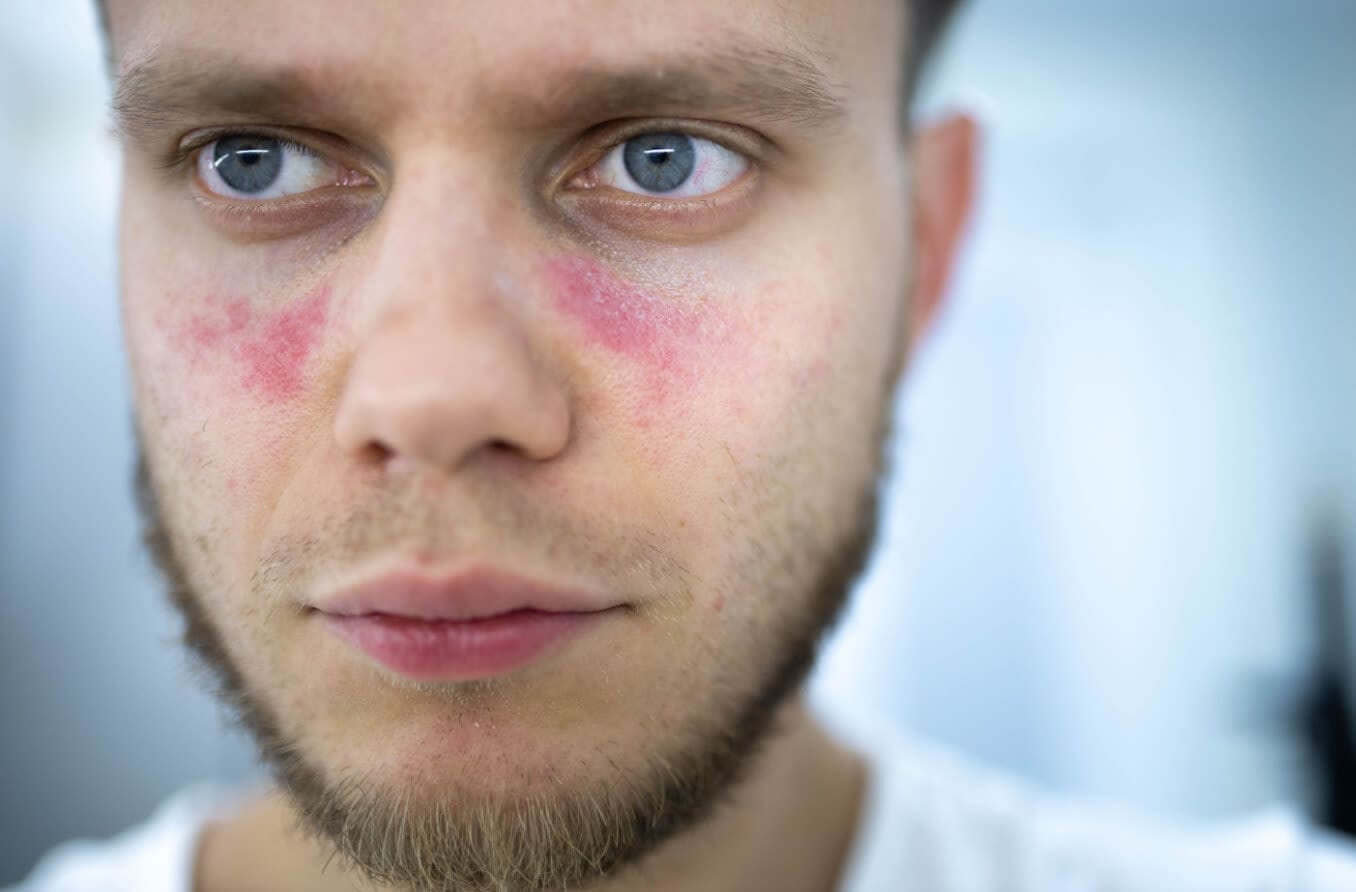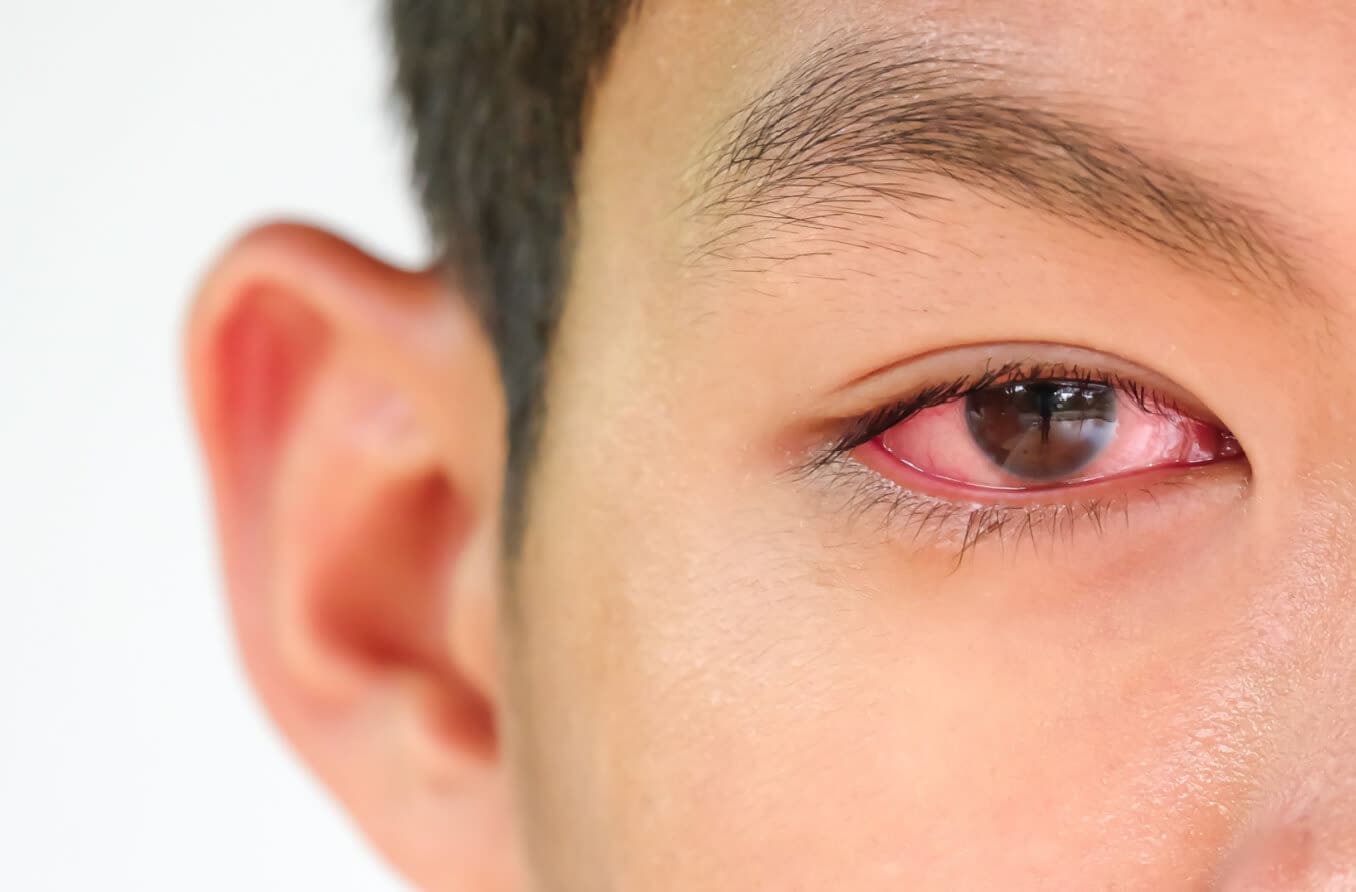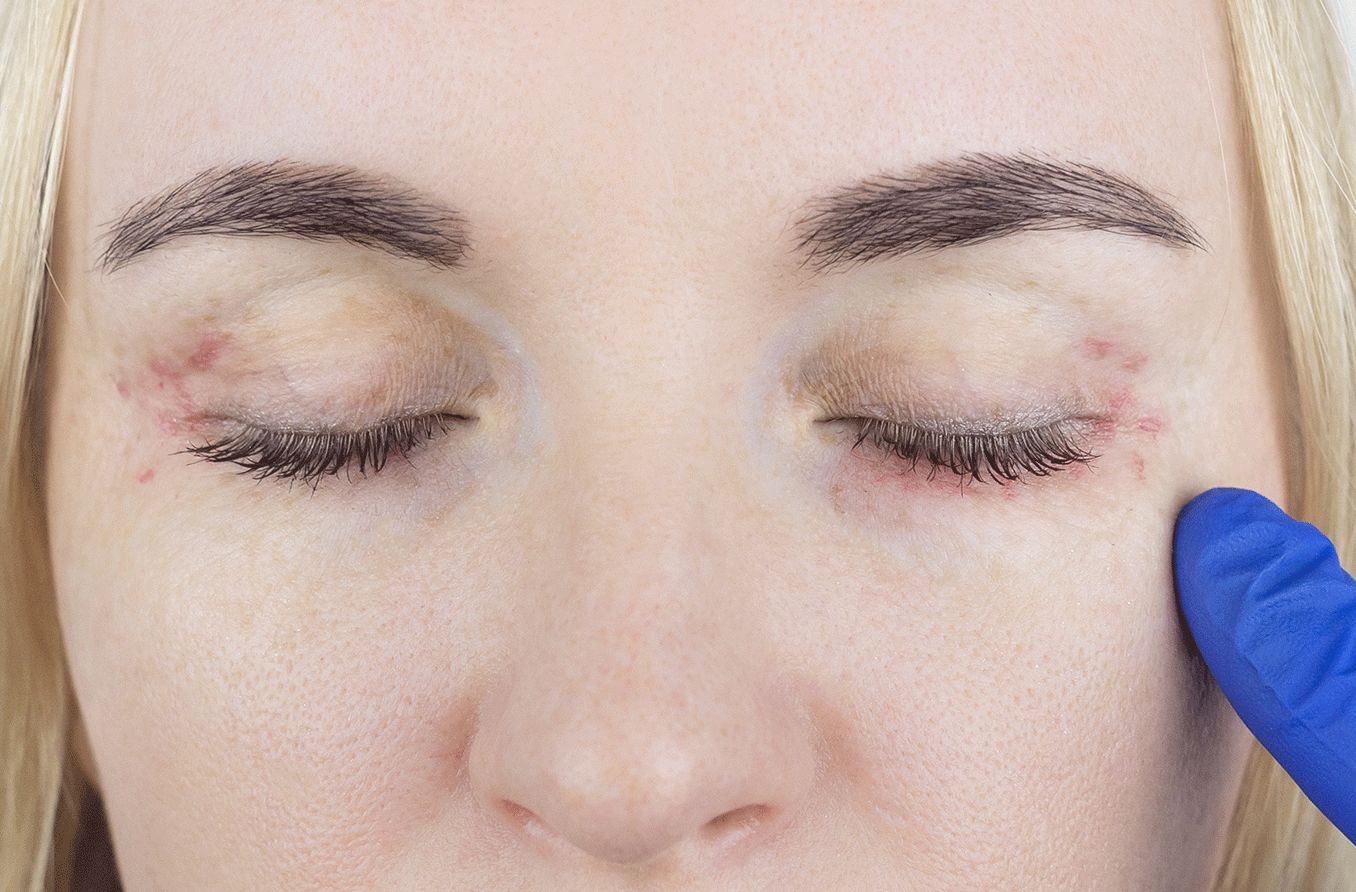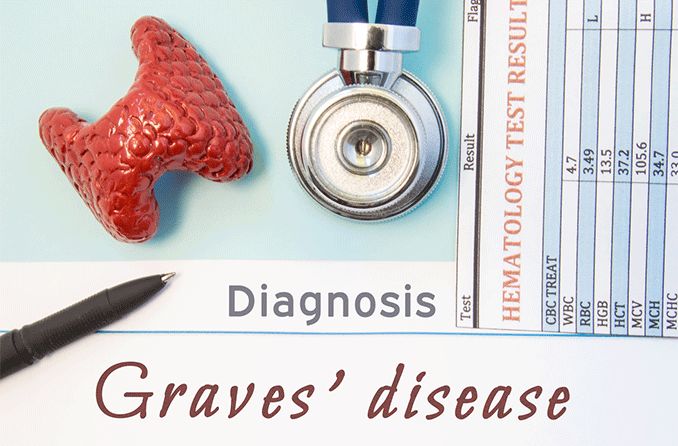Lupus can cause eye and vision problems
Lupus is an incurable autoimmune disease that can affect any part of the body, including the eyes. The ocular manifestation of lupus can range from dry eyes to optic nerve damage. Though, not every patient will have the same experience.
What is lupus?
Lupus is a chronic autoimmune inflammatory disease that causes the immune system to attack healthy tissue. Any part of the body can experience pain and inflammation due to lupus, though the most common areas it affects are the central nervous system, skin, joints, kidneys and heart.
Lupus can also affect the eyes in a number of ways. The most common type of lupus, known as systemic lupus erythematosus (SLE), affects the eyes of nearly a third of those who have it.
Other types of lupus include cutaneous lupus (skin-related), neonatal lupus (found in babies of mothers with lupus) and drug-induced lupus.
It is unknown what causes lupus, but researchers believe that genetics, viruses and certain environmental factors can play a role in its development.
There is also currently no cure for lupus. It is treatable through a variety of medications, including immunosuppressants and nonsteroidal anti-inflammatory drugs (NSAIDs).
How does lupus affect your eyes?
If you search online for “pictures of lupus eyes,” you are bound to come across image results that include inflamed and red eyes, as well as some lupus eyelid rashes. The truth is, there are several ways in which the eyes can be affected by lupus.
Lupus-related eye conditions can range from mild to severe. Some of the most notable lupus eye problems include:
- Dry eyes
- Rashes around the eyelids
- Scleritis
- Retinal diseases such as retinal vasculitis
- Optic nerve damage
It’s also important to note that while the disease itself can have effects on the eyes, sometimes the medication taken for lupus might have side effects that can damage the eyes.
Five ways lupus can affect the eyes
From dry eyes to retinal damage, lupus can cause serious problems for eye health. The following are five of the most common conditions experienced among lupus patients.
1. Dry eyes
Dry eyes are one of the most common problems for people with lupus. Symptoms such as redness, inflammation, burning, blurred vision and a foreign body sensation in the eye can also occur with the dryness.
Some dry eye conditions associated with lupus include:
- Keratoconjunctivitis sicca (KCS) – a condition that involves any degree of dry eyes. About 25% of people who have lupus experience this condition. While it is often mild, some cases can be severe and lead to serious complications for the eyes.
- Secondary Sjogren’s syndrome – a disease that causes insufficient tear production, which prevents the eyes from receiving proper nourishment and moisture. This condition affects nearly 20% of those with lupus.
Note: While lupus patients experience secondary Sjogren’s syndrome, there is a primary form of the disease as well. Primary Sjogren’s syndrome is an autoimmune disease (just like lupus) that attacks the glands of the body that are responsible for providing moisture for the eyes, mouth and elsewhere.
READ MORE: The lacrimal gland
2. Eyelid skin rashes
Lupus may cause rashes to develop on the eyelids. When this happens, the skin can appear red and scaly and feel itchy and uncomfortable.
A lupus rash around the eyes can sometimes be confused with blepharitis, so it’s important to let your doctor know any and all of the symptoms you experience to receive the correct treatment.
Although skin rashes can happen with the main type of lupus — systemic lupus erythematosus (SLE) —they are more often found in patients with the discoid lupus erythematosus (DLE) subtype of cutaneous lupus. DLE is the type of lupus that only affects the skin.
3. Scleritis
Scleritis is an eye condition that occurs when the sclera (white part of the eye) becomes severely red, inflamed and painful. It’s a serious condition that, in rare cases, can actually lead to vision loss.
Scleritis may be one of the first indications of lupus. Only about 1% of those with lupus will experience scleritis.
4. Retinal disease
The retina can be greatly affected by lupus.
A condition called retinal vasculitis may develop and result in decreased blood supply to the retina, which can affect vision. Cotton-wool spots and retinal hemorrhage can occur with retinal vasculitis.
In addition, retinal vasculitis may affect the nerves that enable movement in the eye, which can sometimes produce double vision.
Rarer problems of the retina include artery and vein blockages and damage to the eye’s choroidal layer, which is located under the retina.
5. Optic nerve damage
Lupus optic neuropathy (damage to the optic nerve) may occur, though this is rare and only occurs in 1% to 2% of the lupus population.
If the optic nerve is impacted by lupus, it can affect the movement, alignment and reflexes of the eye.
Although lupus optic neuropathy is rare, it can be serious and lead to loss of peripheral vision and central vision. It can also cause hallucinations in some.
SEE RELATED: What part of the brain controls vision?
Recognizing the symptoms in your eyes
It’s very important to be in tune with your eye health if you have a condition such as lupus. Of the symptoms associated with the outlined eye conditions, some of the most evident in patients include:
- Eye inflammation
- Redness
- Eyelid rashes
- Dry eyes
- Consistently experiencing conjunctivitis or other eye infection
If you notice these or any other symptoms, contact your eye doctor for an exam as soon as possible.
Diagnosing lupus eye conditions
Lupus itself is diagnosed through a series of blood tests and a review of medical history. Eye problems that are part of your medical history may be taken into account during a lupus diagnosis. Likewise, a lupus diagnosis will likely be noted during an eye exam if an associated eye condition is present.
Several eye conditions that coincide with lupus are external and can sometimes be identified through a basic physical examination. Internal eye problems, such as those that involve the retina and optic nerve, require special examination and testing to pinpoint the problem (and find the best solution).
If you have lupus, it’s important to have your overall health monitored alongside your eye health, as the two often go hand-in-hand.
Treatment for lupus eye problems
Treatment of eye problems that develop due to lupus varies depending on the type(s) and severity. Some of the most common treatments include lubricating drops for dry eyes, immunosuppressants, steroids and antimalarials.
Between your lupus specialist and ophthalmologist, your medical team will be able to guide you toward the best remedy.
While these have proven to be effective treatments, research shows there to be a connection between lupus-related eye problems and some of the medications prescribed for lupus itself.
Three types of prescription drugs in particular can further affect eye health in those with lupus:
- Immunosuppressants such as mycophenolate and methotrexate can have side effects that increase the risk of eye infections such as conjunctivitis.
- Steroids may be administered in eye drop form if a lupus patient experiences eye inflammation. While this is meant to improve the condition, it can also increase the risk of cataracts and glaucoma.
- In rare circumstances, antimalarials taken for lupus, including hydroxychloroquine, can damage the retina or cause retinal toxicity.
Because the risk of eye problems is increased with lupus as well as some of the medication prescribed for it, it is crucial to see an ophthalmologist on a regular basis to monitor eye health and treat any problems that may develop.
The outlook
Each lupus patient is unique, and treatments are not one-size-fits-all. Diseases like lupus are primarily treated by a specialist — usually a rheumatologist. Because there are several ways lupus can affect the eyes, it’s important to also have your vision health checked often.
Seeing both types of specialists (a rheumatologist and an ophthalmologist) is key to achieving successful treatment and knowing when to stop or start a new regimen.
Finally, be sure to have your vision checked once a year by an eye doctor to ensure that your eye health is managed. This is the best way to prevent serious problems from occurring in the future and to maintain your clearest vision in the present.
SEE RELATED: Stevens-Johnson Syndrome











